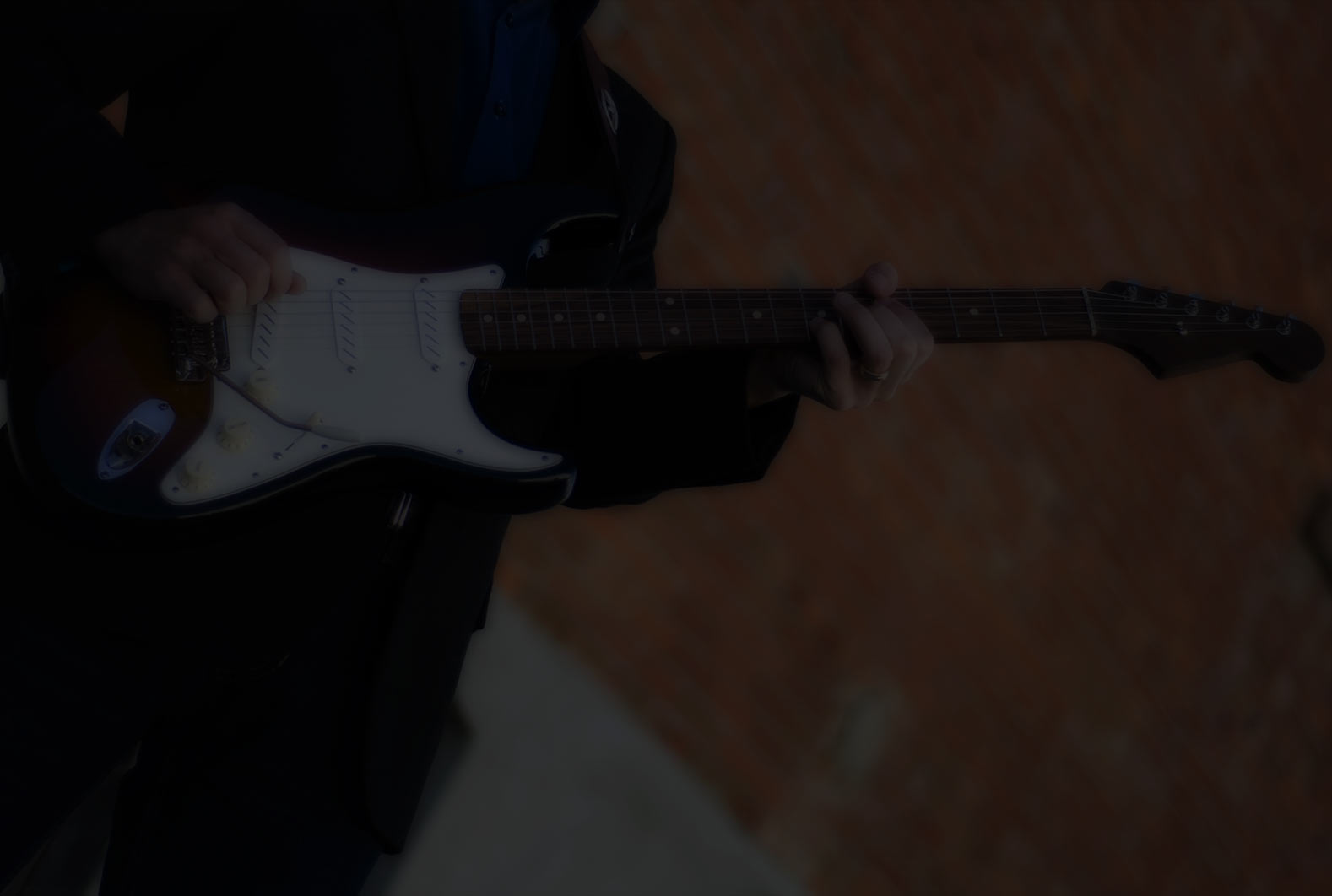So one thing i have kind of struggled with is the v-iv chord change at the end of a 12 bar blues just before you get to the turnaround lick on the I chord. I know quite a few turnaround licks for the ending, but I need help following the changes of the V-iv chords. I was only able to find a couple of lessons on this. The ones i found on here were s.r.v style following the changes by going to the minor pentatonic box of the chord. i.e. E-D in A minor blues. I learned some from advanced 12 bar blues, but wanted to know if there was a sure fire way to know where to go on the fly at all times in every key? I have tried outlining the chords by arpeggiating a dom 7th or a minor chord but they dont seem to work very well. Only Major triads seem to sound best. Are there any more lessons on this, or do you have any suggestions? If you are not sure what i'm talking about, it is 1:09-1:15 of this video. I'm looking for ways to play those changes that dont sound as much like Stevie. Thank you Robert!
https://www.masterguitaracademy.com/lesson/srv-triplet-chord-tone-lick-e/
Hm, not sure what you mean by "know where to go on the fly at all times in every key?" - I mean it depends on what you are trying to do. I think the answer is learn how to find the chord tones anywhere on the neck for all the chords you are playing over, I - IV and V.
You can play just the minor pentatonic for all the chords, but I am assuming you want to highlight the V and IV chords? If so, just use the chord tones.
Maybe you can expand on this question a bit so I can better understand what you want to do.
Thank you for the reply. I guess what im asking is if there is a shape or pattern or spots on the fretboard that i can always go to that will work. Like use box 1 over the one chord, box 2 on the iv chord etc... I see the guitar in shapes and positions. That way i dont have to think as much when improvising. I suppose i should just get better at memorizing the notes all over the fretboard. It's difficult, for me at least, to think "ok i have a A7 chord coming up now let me find the A C# E G. I doubt most players think this way on the spot in live situations. I know a certain amount of thought is required, but how much is just practice over and over and how much is actually thinking about chord tones when you play live? I've never thought in that way. I see how incredibly useful it is, im just looking for a way to find the chord tones without actually thinking about the chord tones..... Lol. If that makes any sense. When i just follow my ears, everything usually works out. Would it be practical to work on just finding the triads and using the notes from the pentatonic position it puts you in for licks? For example, if i play an A7 triad on frets 12 and 14 that automatically puts me in box 4 of the A minor pentatonic and just above box 4 of the A major pentatonic. Is that a proper way to think? Ive noticed that no matter where i form the triad on the neck, i am always near a pentatonic position to play licks out of. Is this a proper way to think, or are there other ways? Sorry for the long post. Thank you so much for your help. 😀
If I may help (or try to) by maybe suggesting what helped me, Roberto........there is no quick/easy fix so before you can fly............you must study the theory.......Robert has two great courses that helped me: Scales You can Use & Fretboard Finding fun! Knowing where you are and what you have to work with is...........excuse the pun here...........key!! Hope this helps!! Jim C.
Thank you for the advice Jim. My biggest problem has been applying all of that information. I have memorized the pentatonic scales, 3 note per string modes, major scale intervals etc, in all keys.. I just have difficulty connecting it all when improvising and following the chord changes. Composing is much easier when i have time to work it out. I think you're right in that there is no shortcut or trick, you just have to practice it so much that it becomes second nature.
Corya
I think you are onto something there. Triads and their relationships top the pent scales...that and a bunch of practicing will surely get you going a good ways... not that I have got it all figured out either!
Hey great questions! Let me think about this. I'll be "bach" with a reply soon. 🙂
Tripods, Chris?? Really!!?? Tripods?? How do these help???
OK........seriously...........what would be cool is if Roberto takes a specific example from his nice arsenal of solos (I say 'You Got to Help Me' solo II and for two reasons: Open E and I think one of Mr. Renman's best) and does a sort of narrative over what he sees or is thinking about for triggering at least a section of this solo. Again.........crawling........walking.........Usain Bolt!!! Jim C.
Jim
Those dang tripods everywhere!
I'm just saying that knowing your triads [some call tripods 😉 ] and how they relate to the pent scales would be very helpful in being able to always see where you are and know the 'sweet notes' pretty much everywhere.



